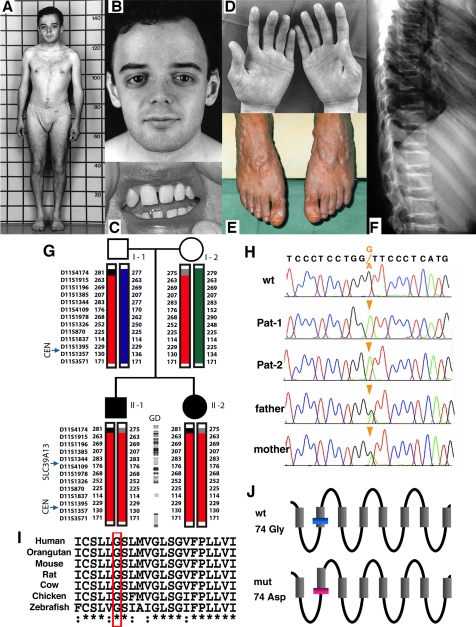Figure 4. Clinical features, and genetic and molecular evidence of the SLC39A13 mutation in the two subjects with short stature and EDS.
The elder affected sib is shown at age 22 with short stature and with mildly shortened trunk (A), antimongoloid eye slant with lack of periorbital tissue (B), missing upper lateral incisor tooth (C), thin and finely wrinkled skin on the palm of his hands (D), severe varicosity of his lower legs and feet (E), vertebral flattening with sclerosis of the vertebral endplates (F, radiograph taken at age 18 years). G. Autozygous haplotype blocks detected by SNP genotyping are represented by the black boxes, while blocks detected by microsatellite analyses are represented as solid boxes in different colors (the common ancestral haplotype being represented in red). The microsatellites used are shown on the left, and the numbers refer to microsatellites' alleles. Gene density (GD) for local transcripts is shown in the center. Individual genes are depicted as small circles, shaded (for the olfactory receptor genes clusters) or open (all other genes). The relative position of SLC39A13 and of the centromere (CEN) are also indicated. H. Sequence tracings from SLC39A13 amplicons showing homozygosity for a G to A transition changing codon 74 from glycine to aspartic acid in the two affected subjects (Pat-1 and Pat-2), as well as heterozygosity in the parents. I. Alignment of amino acid sequences of SLC39A13 protein showing high conservation of sequences and in particular of glycine-74 (red box). J. Assignment of transmembrane domains of SLC39A13 (shaded boxes) was taken from Uniprot (http://www.uniprot.org). The substitution of glycine-74 with aspartic acid was predicted to cause a six-residue shift of the second transmembrane domain towards the carboxy end by HMMTOP program (http://www.enzim.hu/hmmtop/, lower panel).

